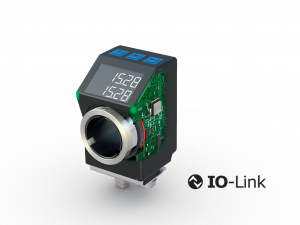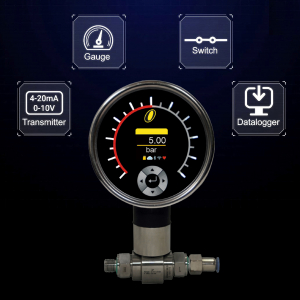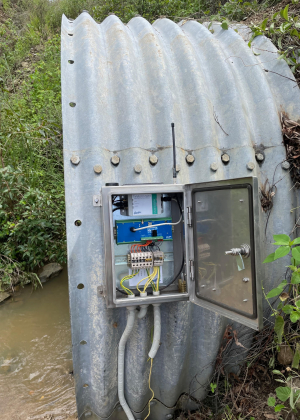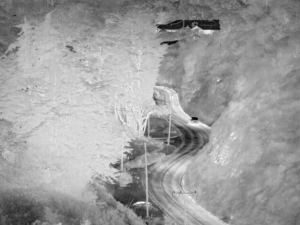Gas detector provides climate change prevention breakthrough

The Intergovernmental Panel on Climate Change (IPCC) estimates that concentrations of methane (CH4) in the atmosphere are roughly two and a half times those of pre-industrial times. The primary component of natural gas, methane is over 20 times more effective at trapping heat than carbon dioxide and can remain in the atmosphere for more than a decade.
With natural gas and petroleum systems being the largest source of CH4 emissions from industry, and with the US pledging a 40-45% reduction in methane emissions from 2012 levels by 2025, it has never been more important to have effective monitoring equipment.
Exploiting photonics technology, the H2020 project MIREGAS (‘Mid-IR source for Gas Sensing’) has come up with their solution: a low cost sensor that has the potential to be programmed to detect an unlimited number of gases.
MIREGAS aims to deliver a single, multi-band gas sensor that can be easily deployed in strategic points of methane emissions, such as on oil rigs or in industrial areas, and monitor dozens of Greenhouse gases all at once.
While current technology can take up to ten seconds to produce a positive ID, the company states that the device can detect dozens of harmful emissions in milliseconds, making it several thousand times faster state of the art gas sensors and, effectively, a real-time instrument.
The device can pick out poisonous gases from a mixture of emissions, including methane, ethane, butane, propane, CO2, carbon monoxide, hydrogen sulphide and benzene, all from one compact filter.
Combining the principles seen in fibre optic communications, the MIREGAS light source exploits multiplexing-to-demultiplexing filters, modulating and wavelength tuning, with Mid-IR spectroscopic sensing technologies, a process never seen before.
Professor Pentti Karioja from the VTT Technical Research Centre of Finland, explained: “Because the MIREGAS device is adjustable, it is possible to use only one light source instead of several lasers. This means that we can make multiple readings and monitor several harmful gases simultaneously through one sensor.”
While Mid IR spectroscopic equipment exists, current sensors are based on the use of filters, spectrometers or tuneable lasers, meaning a several lasers would be needed for corresponding gases.
“The possibility to tailor a spectral response to match any wanted set of absorption lines with any desired bandwidth is a major advantage of our filtering approach when compared to the single narrow line of a tuneable laser”, said Karioja.
Initially the MIREGAS device is expected to be deployed in several industrial fields such as building ventilation, process control and safety, gas leakage monitoring, personal, pipeline and explosion safety. However the capabilities for observing dangerous greenhouse gases in our atmosphere will provide practical tools for tackling climate change.
Pawel Kluczynski of Airoptic, a key partner in the MIREGAS consortium, said: "Excessive methane emissions are dangerous, and can have a considerably greater warming effect than carbon dioxide. The widespread application of methane emission detection, as well as all of the hydrocarbons from C1 to C5 is a key area for the MIREGAS technology.”
“Not only are our measuring costs ten times cheaper than methods used today but our spectral resolution is ten times better compared to conventional MOEMS filters used currently in gas sensors. It offers 24/7 protection, there is no need for recalibration and you don’t need a PhD to operate it.”
At the foreseen manufacturing cost of below €300 per unit, the proposed approach is competitive against conventional gas sensors which can cost in excess of €75,000. “These devices currently in the market are either expensive complicated and heavy instruments, or the applied measurement principles are inadequate in terms of stability and selectivity” said Kluczynski.
Coordinated in Finland by VTT, the MIREGAS project has received a grant of €3,588,262 from H2020 via the Photonics Public Private Partnership. MIREGAS is comprised of a consortium of members from Finland, Poland and Norway, including Tampere University of Technology, Vaisala OYJ, the Instytut Technologii Materialow Elektronicznych, Airoptic, Vigo System S.A. and Gassecure AS.
Similar articles
More from Photonics21
- Gas detector provides climate change prevention breakthrough 17th November 2016












Write a comment
No comments